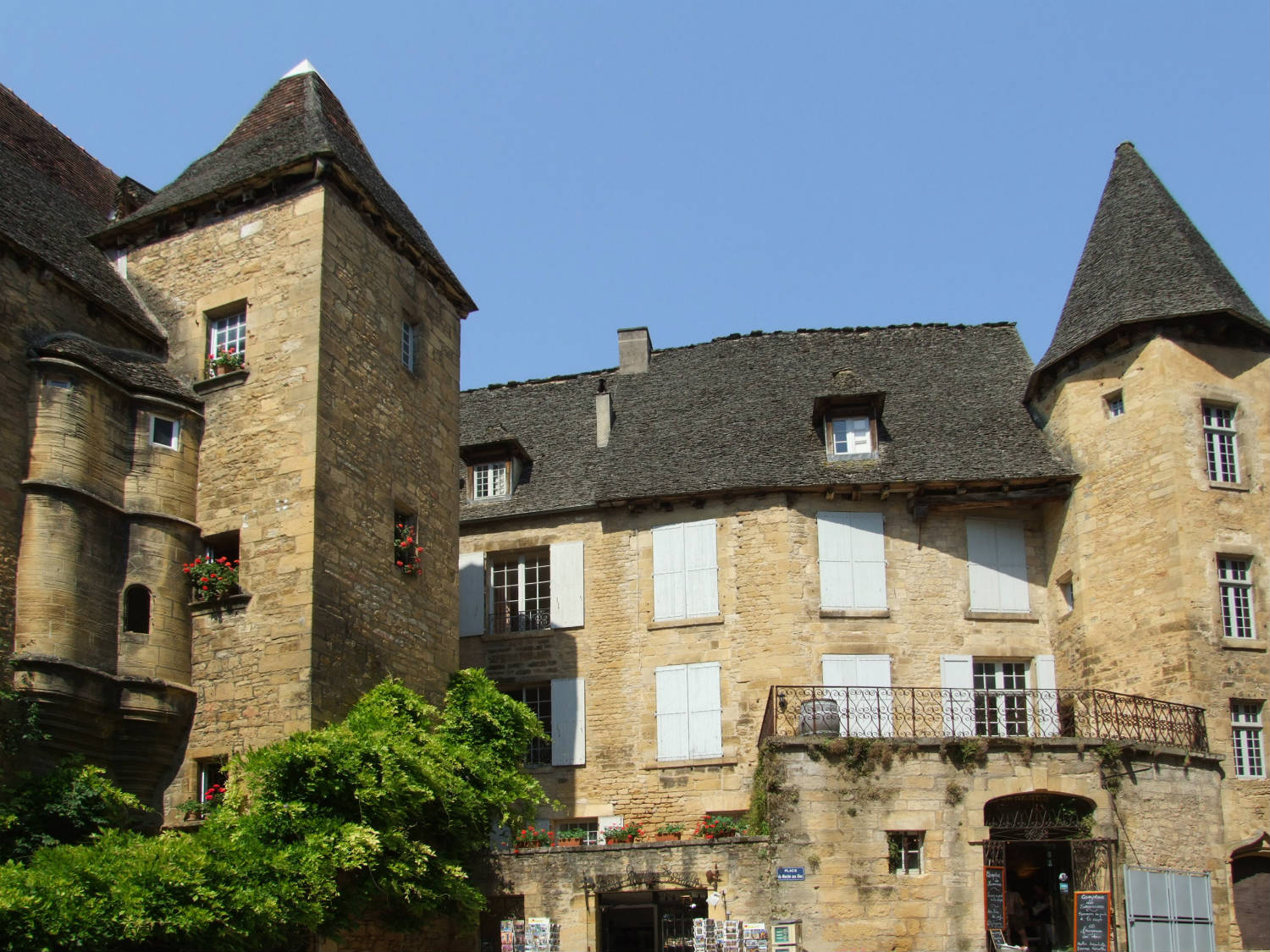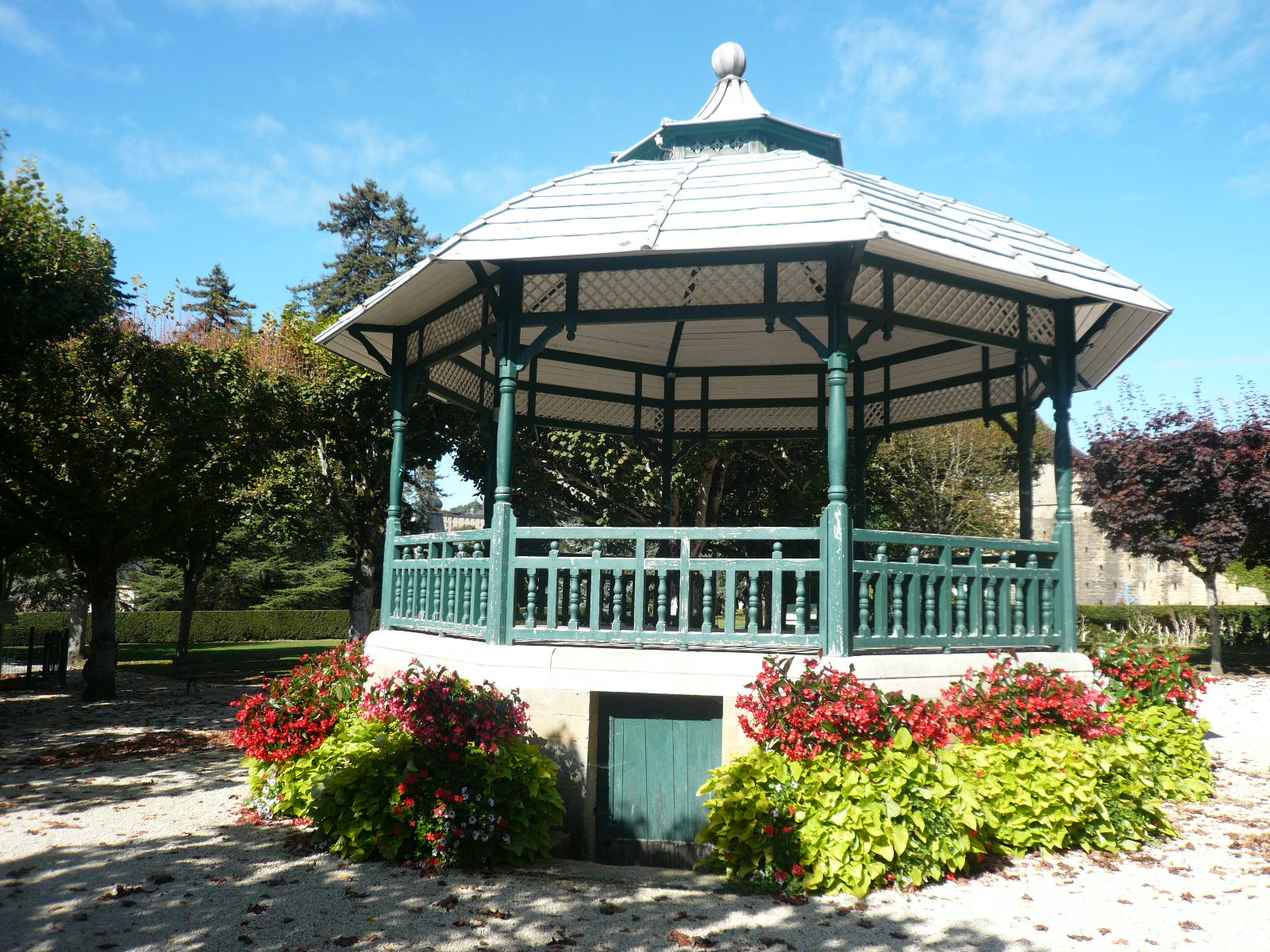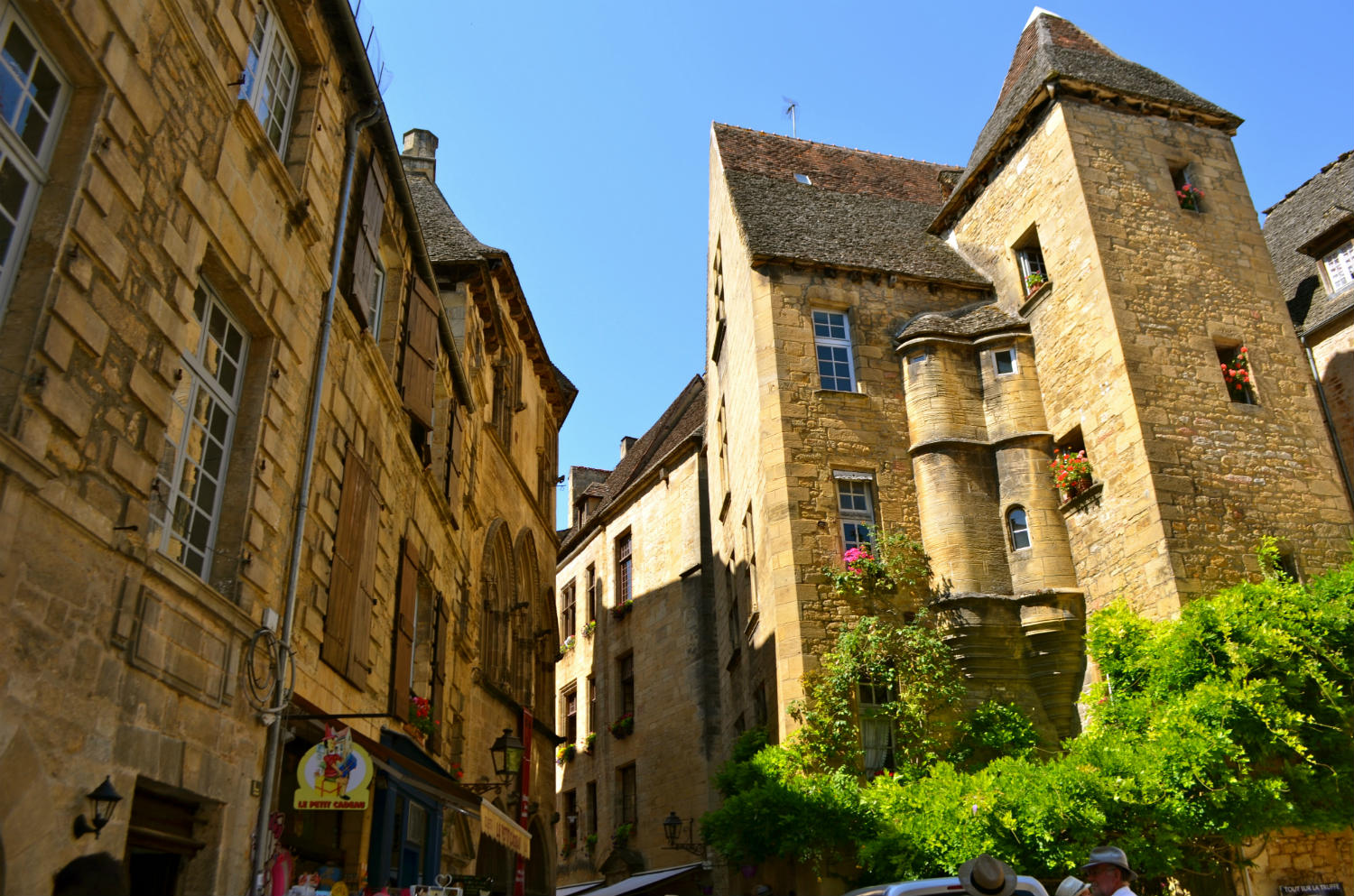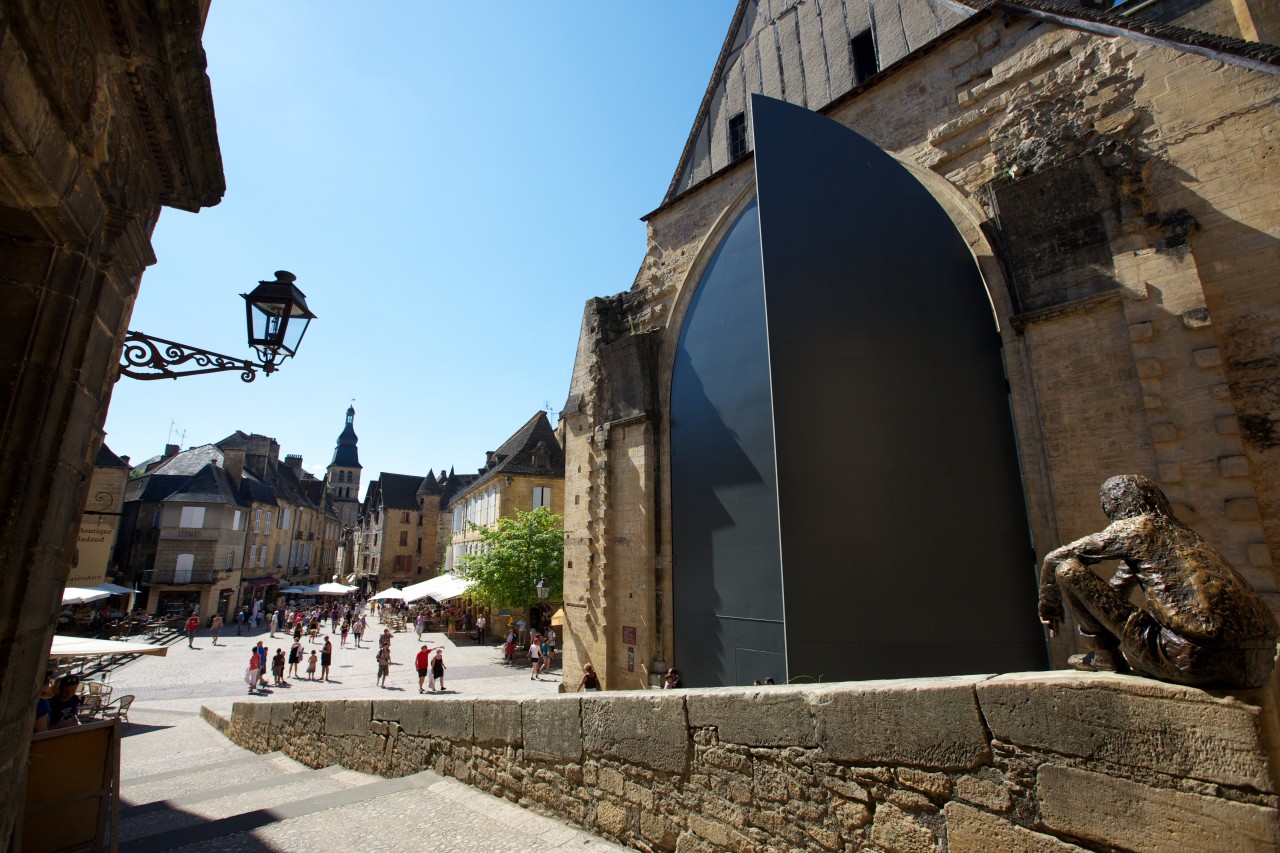Sarlat-la-Canéda
Sarlat-la-Canéda, or simply Sarlat, is a commune in the Dordogne department in Aquitaine in southwestern France.
Sarlat is a medieval town that developed around a large Benedictine abbey of Carolingian origin. The medieval Sarlat Cathedral is dedicated to Saint Sacerdos.
Because modern history has largely passed it by, Sarlat has remained preserved and one of the towns most representative of 14th century France. It owes its current status on France's Tentative List for future nomination as a UNESCO World Heritage site to the enthusiasm of writer, resistance fighter and politician André Malraux, who, as Minister of Culture (1960–1969), restored the town and many other sites of historic significance throughout France. The centre of the old town consists of impeccably restored stone buildings and is largely car-free.
- Agriculture : Agriculture has long been of importance in the Dordogne area around Sarlat. Tobacco has been grown around Sarlat since 1857 and has historically been a major commodity for the area, although it is on the wane. Other agricultural commodities include corn, hay, walnuts, walnut oil, cheeses, wine, cèpes (a species of wild mushroom) and truffles.
- Tourism : Numerous visitors—especially from northern Europe (the United Kingdom, the Netherlands, Belgium, Germany, etc.) -- come on holiday to Sarlat and the region surrounding it and some have settled there permanently. The months of July and August are traditionally the haute saison (high season) for visitors, as is true in much of France outside Paris.
- Foie gras : There are several large foie gras factories as well as a number of small producers of geese and ducks in the region that make foie gras and other products (confits, pâté, etc.) from these birds.
Official website : www.sarlat.com



